The Most Famous People Who May Have Never Actually Existed

History is full of incredible tales of brave warriors, great thinkers and prolific writers. But how often have you wondered if these people actually lived up to their names, or even lived at all? As it turns out, there are a large number of people who have managed to become incredibly famous without ever actually bothering to exist.
Check out this collection of famous fictional people who managed to gain notoriety, both in ancient times and our own.
Betty Crocker
For over a century now, Betty Crocker has been synonymous with the image of wholesome American housewives everywhere. Known for her legendary cooking skills, her image still appears on a variety of foods we’ve all had in our kitchens at one point or another.

As it turns out, however, Betty was never a real person at all. She was actually a marketing character developed in the late 1800s by the company that eventually became General Mills. She was even portrayed by several models over the years to keep the world from ultimately discovering the truth.
King Arthur
While certain parts of King Arthur’s tale are clearly the stuff of legend, it would make sense that he was at least based on an actual ruler, right? To this day, there’s still a debate, even among historians, over whether King Arthur actually existed or not.
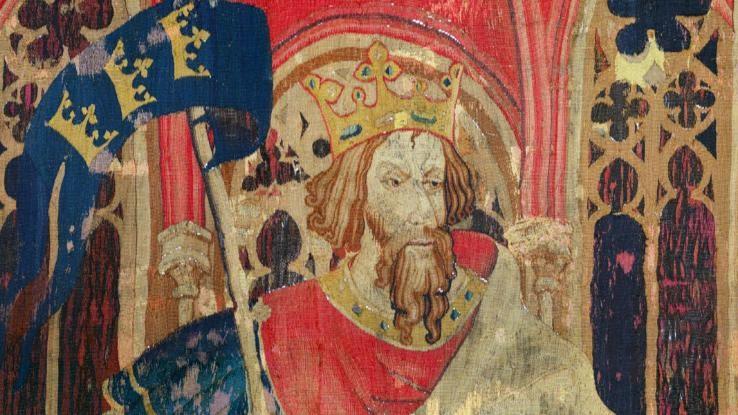
Although some suspect that there may be historical basis for Britain’s most legendary monarch, others insist he was based on another ruler entirely. Among the most popular candidates for his inspiration are a Roman general named Lucius Artorius Castus, the 5th century British king Riothamus or the warrior king Ambrosius Aurelianus.
Odysseus
If you’ve ever read The Odyssey, then you’re likely familiar with its main character, Odysseus. The epic poem deals with all the mythical problems he faces while trying to get home from the Trojan War. The frequent appearances of mythical creatures like sirens and cyclopses are enough to make anyone suspect the story is mere fantasy.
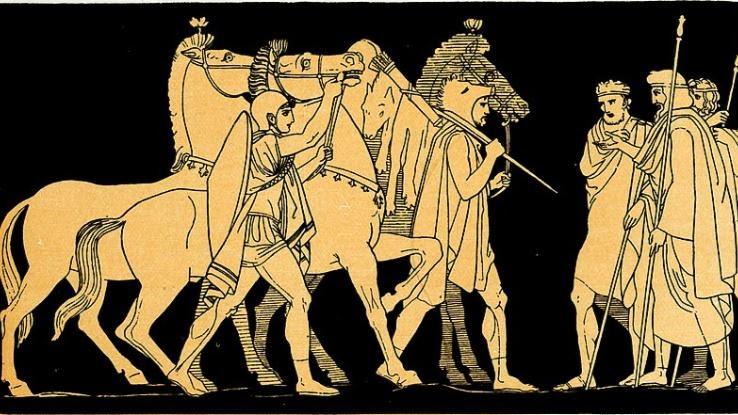
For many years, however, scholars believed that Odysseus might have been based on an actual king. The Odysseus debate was recently reignited after what may have been his palace was discovered in Ithaca in 2010.
Pythagoras
While you likely learned about Pythagoras in math class, his legacy is actually up for debate. Some say that Pythagoras did live in the 5th or 6th century B.C. but was more the leader of a numerology cult than the great thinker he’s known as today.
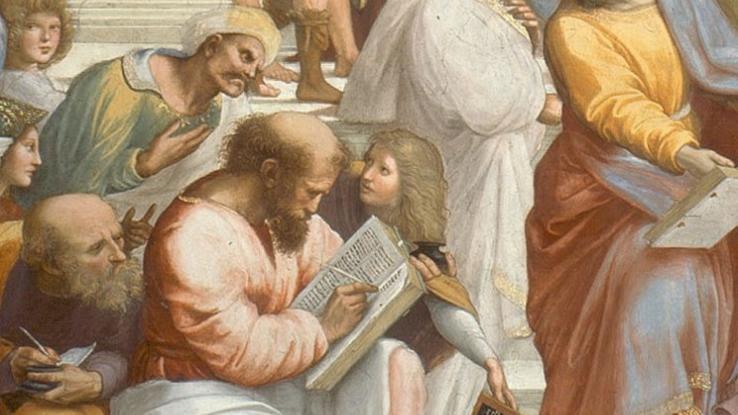
Tellingly, most of the ideas attributed to him today didn’t come around until long after his death. This has led historians to believe that either some of his most famous “work” was actually that of his followers or that he was merely a pseudonym created by the cult as a whole.
Carolyn Keene and Franklin W. Dixon
If you grew up reading both The Hardy Boys and Nancy Drew, then you may or not be surprised to find out that they were actually the work of the same guy. Though Carolyn Keene is credited as the author of the Nancy Drew series and Franklin W. Dixon as the writer of The Hardy Boys, both are just pennames.
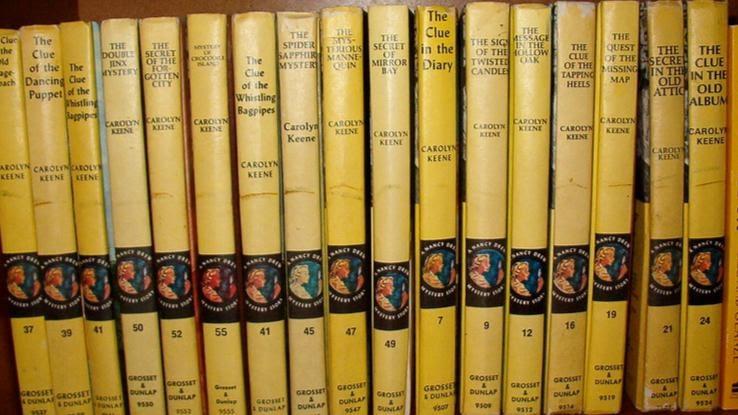
It was actually a man named Edward Stratemeyer who was the creator of both series. He had so many ideas that he had to enlist the help of several ghostwriters, whom he collectively named Carolyn Keene and Franklin W. Dixon.
Johnny Appleseed
It may come as no surprise to learn that there was never an actual guy who loved planting apple seeds. Even so, while the folk tales we all know about Johnny and his tin pot hat may not be true, he was actually based on a real person.
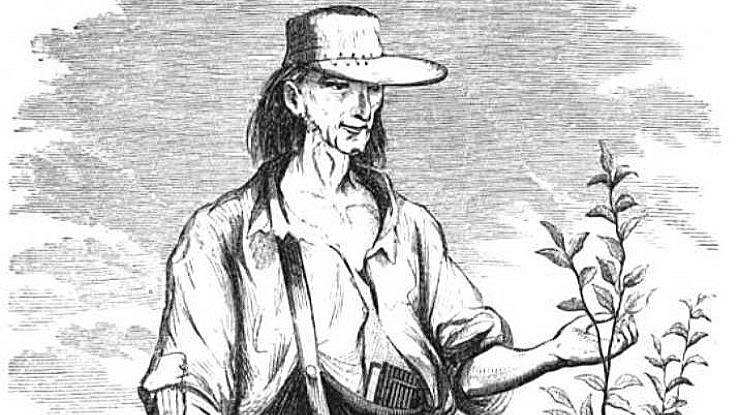
His real name was John Chapman, and he really did go around planting cider apple nurseries throughout the northeast. As his popularity spread, he was eventually sculpted into a mythical figure whose tales we still enjoy today.
Tokyo Rose
Back in World War II, an all-female group of English-speaking radio broadcasters began spreading Japanese propaganda in the hopes of demoralizing U.S. troops. Several of the women went by pseudonyms on the air for obvious reasons, though ironically the name “Tokyo Rose” was never one of them.
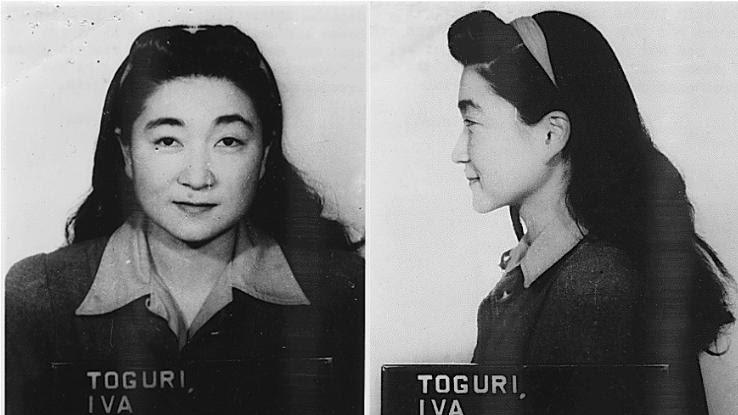
Regardless, the name was used by the American media in the 1940s and eventually came to refer to Iva Toguri, one of the group’s key members. It turned out that although she was born in the USA, she had gotten stuck in Japan while visiting due to Pearl Harbor.
Pierre Brassau
In 1964 during the height of the Avant-Garde movement in modern art, a prolific artist arrived on the scene. When four of his paintings appeared in a Swedish art gallery, critics were quick to insist that Pierre Brassau was destined to be the next big thing in the art world.
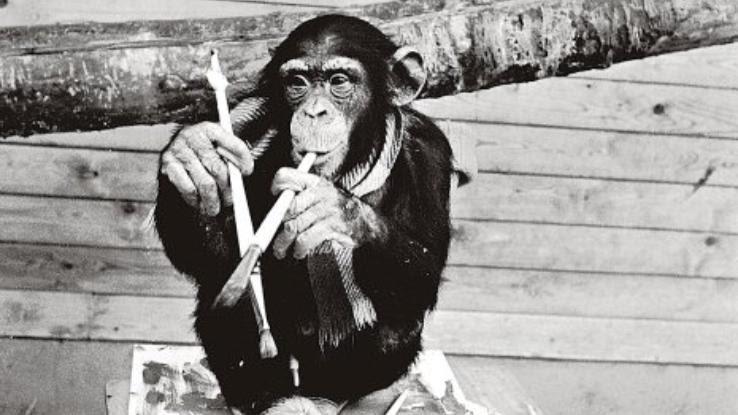
Little did they know, Pierre was actually a chimpanzee. The whole thing was a hoax created by a journalist named Åke “Dacke” Axelsson who was attempting to prove just how ridiculous the newest trends in modern art had become at the time.
Nat Tate
Another artist by the name of Nat Tate took things even farther than being an ape by never actually existing at all. He was the invention of a Scottish writer named William Boyd who published a “biography” about Tate’s life in 1998.

The book claimed that Tate was a troubled but brilliant artist who tragically destroyed 99% of his work before leaping to his death off the Station Island Ferry. Boyd watched in glee as illustrious figures from the art world claimed to be familiar with Tate’s legacy before revealing that the whole thing was an elaborate April Fool’s joke.
Pope Joan
While Pope Joan’s story is a great one, historians are highly doubtful that it actually happened. As legend has it, Joan dressed as a man and moved up through the church hierarchy until she was finally elected Pope. Unfortunately, she blew her cover one day by accidentally giving birth in front of everybody.
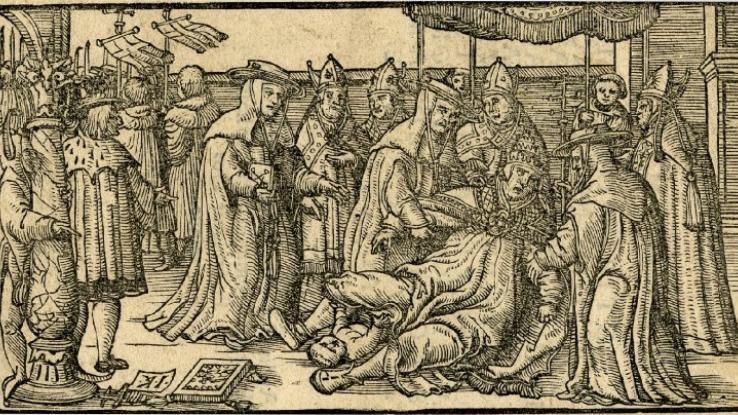
Some people still insist that she was an actual person, while others believe her myth originated in the book History of Emperors and Popes by the monk Martin Polonus. While her story probably wasn’t originally included, historians speculate that it may have slipped in after the author’s death.
William Shakespeare
While there definitely was a real guy named William Shakespeare, some people insist that there was no way he was actually the author of the plays we attribute to him (or at least all of them). Rumors have swirled for centuries that he was simply the frontman for a woman or another author who couldn’t reveal their true identity.

Aside from Francis Bacon, Emilia Bassano and Christopher Marlowe, Edward de Vere, the Earl of Oxford has emerged as an interesting candidate for the “real” Shakespeare. Vere’s poetry highly resembles Shakespeare’s, and being a nobleman, he would have had to publish under an assumed name in those days.
John Barron
Long before Donald Trump was president, he was a real estate mogul. Back in the 1980s, Trump’s calls were often fielded by his spokesman, John Barron. Barron was frequently quoted in the press and was known to handle many of Trump’s stickier situations.

It wasn’t until after a full decade of enjoying Mr. Barron’s service that Trump revealed during a trial that his spokesman didn’t actually exist. It turned out that Trump had pretended to be Barron all along and used the made-up spokesman to put a buffer between himself and the press.
William Tell
There’s a famous Swiss folktale about a man named William Tell who was forced to shoot an apple off of his son’s head by the Austrians. After defying the Austrian rulers of the day, Tell was forced to either perform the seemingly impossible task or die.
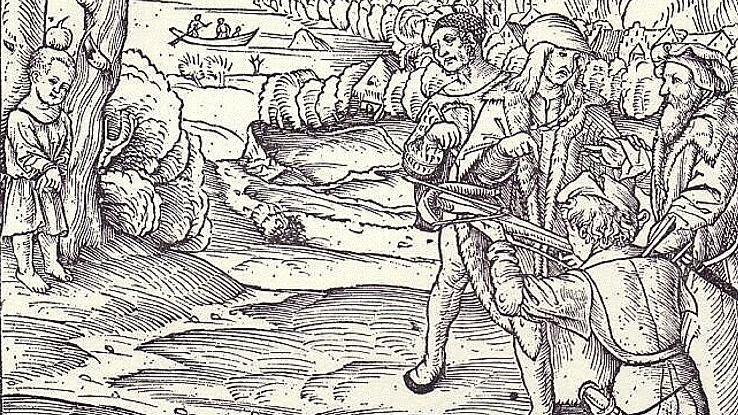
Though Tell completed the archery challenge without killing anyone but the apple, he didn’t have much to lose considering that he probably never existed at all! Not only is there no record of him, but there’s evidence that the Swiss may even have stolen the story from the Vikings.
Robin Hood
While Robin Hood is legendary for robbing from the rich and giving to the poor, historians have had a hard time pinning down whether he was a real person. As tales of his adventures have spread over the years, it’s become incredibly hard to figure out which, if any, were based in fact.
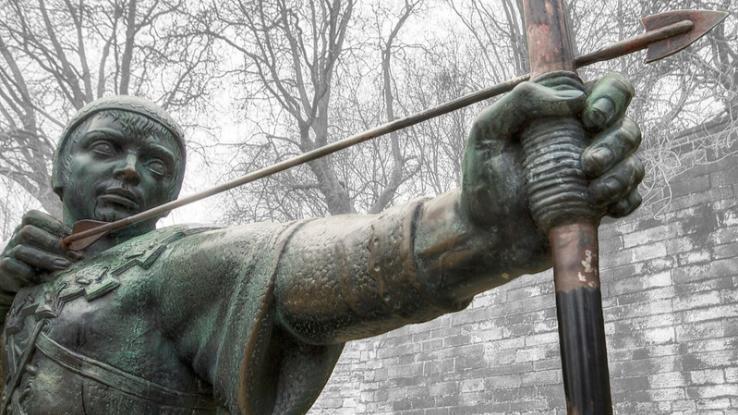
Rumors have claimed that the real Robin Hood was everything from a member of the Knights Templar to one of King Richard the Lionheart’s most loyal followers. Unfortunately, we may never know if he was a real man or simply a medieval myth.
Paul Bunyan
We’ve all heard the tales of the massive lumberjack and his enormous friend, Babe the Big Blue Ox. But was Paul Bunyan actually a historical figure whose story eventually morphed into legend? Some historians believe that while he’s a fictional character, he may have been based on two famous French-Canadian loggers named Fabian Fournier and Bon Jean.
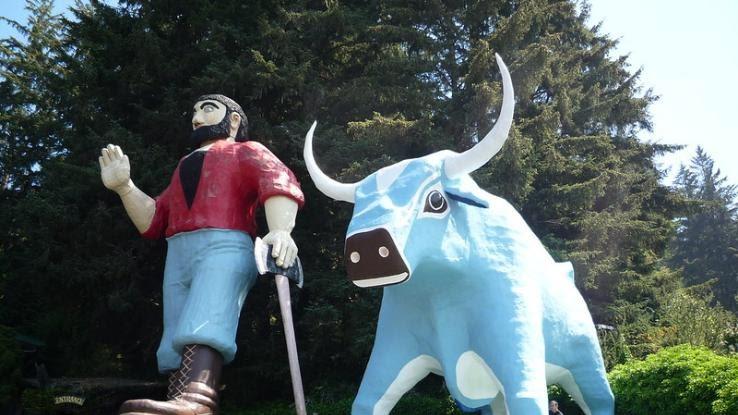
Fournier, aka “Saginaw Joe,” achieved fame after his ultra-manly lifestyle got him murdered in a Michigan bar. Bon Jean was a logger who won renown for his participation in the Papineau Rebellion of 1837. Some scholars believe his name eventually evolved into “Bunyan.”
Prester John
During the Crusades, a man named Prester John, aka John the Elder, was the most sought after man in Christendom. Legends spread throughout Europe that he was a great Christian priest-king who ruled a kingdom hidden somewhere in Asia or Africa.
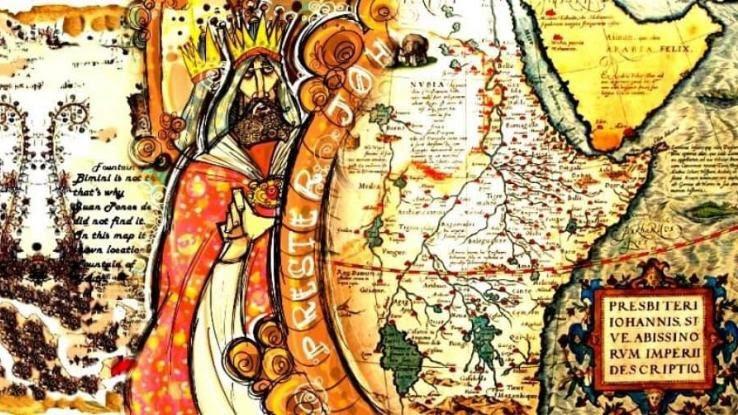
He was rumored to have descended from one of the three Magi and sparked countless attempts to try to locate him. Though he supposedly sent a letter to Byzantine Emperor Manuel I Comnenus in 1165, it was almost definitely a fake, as no evidence has been found that he was ever an actual person.
John Henry
As the legend goes, John Henry was a massive steel-driver who died in the process of racing a steam drill. While he appears to be fictional, historians point to two likely candidates for his inspiration.
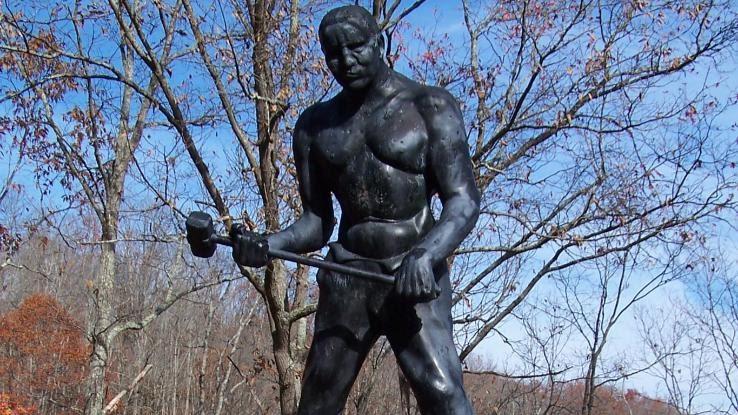
The first, a man named John William Henry, was a steel driver who did indeed die during the construction of a Virginia railroad. He was never recorded as racing a machine, however, and was only about 5 ft. tall. The other was a former slave named Johny Henry Dabney, who some people claim raced a steam drill in 1887.
Homer
Even the existence of the Greek poet Homer, author of the epic poems The Illiad and The Odyssey, has come under scrutiny by some scholars. Historians note that there’s little contemporary evidence for the life of the famous poet, which supposedly took place in the 7th or 8th century BCE.
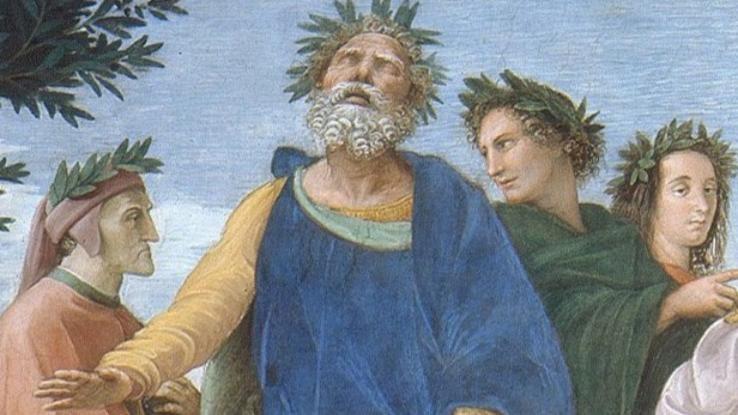
As a result, some believe that he never actually existed and was simply the pseudonym for an entire group of authors who put together a collection of ancient tales. Others think that if he did exist, he may have simply assembled the tales rather than authored them.
Lycurgus
In case you’re not familiar with Lycurgus, he’s said to be the creator of the “Lycurgan reforms” of ancient Sparta. The reforms were a set of laws that ultimately led Sparta to become known as one of the most fearless civilizations in all of history.
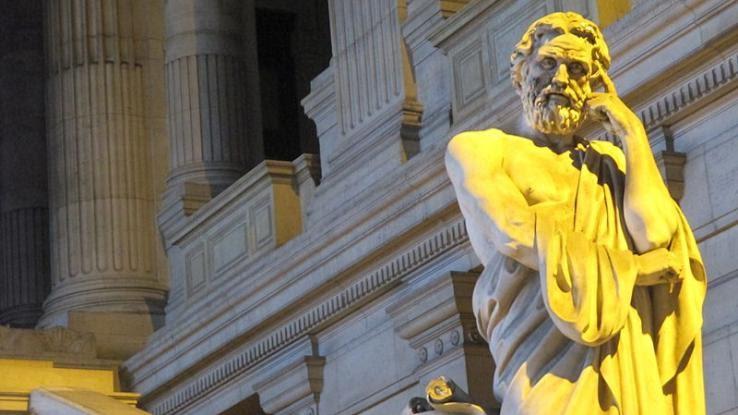
While the reforms definitely happened, some scholars cast down on whether Lycurgan was an actual man or simply a myth than the Spartans invented. Some claim that crediting a single, god-like being with engineering the Spartan culture was easier than acknowledging the many people who may have actually been involved.
Alan Smithee
Since the 1980s, director Alan Smithee has racked up a number of directing credits. His name has been splashed across screens in theaters across the world, and many a critic has reviewed his work. Known as one of the worst directors in Hollywood, the good news is that he doesn’t actually exist.

Alan Smithee is a pseudonym used by directors who are so unhappy with a project they worked on that they don’t even want their name attached to it. Since someone has to get the credit, they collectively invented Smithee as a fictional scapegoat.
David Manning
Another Hollywood personality who turned out to be fictional was a film reviewer named David Manning. When all the other critics were giving the public a head’s up about notoriously bad films, Manning would regularly appear and shower them with praise.

Ultimately, things go so fishy that a little digging led to the discovery that Manning was actually the invention of two Sony marketing executives who were trying to promote the studio’s films. When the news broke, one California couple even sued Sony for duping them into seeing bad movies with Manning’s fake reviews.
Mulan
While Mulan (more properly known as Hua Mulan in China) has become popular enough to score her own Disney movie, historians have had a hard time nailing down whether she was an actual person. Some claim that she may have been inspired by an actual female Chinese warrior named Wei Huahu.

Even if this was the case, however, there’s no evidence that Wei Huahu posed as a man during battle. Mulan’s earliest reference comes from an ancient Chinese ballad called The Battle of Mulan, which may have been no more than a really great story.
Allegra Coleman
Back in 1996, Esquire Magazine ran a cover story on Allegra Coleman, who they declared Hollywood’s next “it girl.” Fawned over by everyone from Deepak Chopra to Quentin Tarantino, Coleman was destined to become a household name.

As managers and agents all over Hollywood called in to get their hands on her, they were surprised to learn that she didn’t actually exist. The magazine had run the article as a satirical comment on how stars are drooled over in the media. Allegra was portrayed by actress Ali Larter, who later scored a role on Heroes.
Ann Taylor
For decades now, Ann Taylor stores have been a staple in the world of women’s fashion. The brand offers everything from suits and dresses to bridalwear for the elegant American woman. Ironically, however, Anne Taylor is nothing more than a fictional name chosen by the brand’s founder, Richard Liebeskind.

When Liebesking opened his first shop in the 1950s, he named it after a best-selling dress style rather than an actual woman. He figured it would invoke a classy, New England vibe, and time has proven that he wasn’t of the mark.
George P. Burdell
A guy named George P. Burdell managed to lead the 2001 online poll votes for Time‘s Person of the Year, all without ever having existed. It all began in 1927 when a student named Ed Smith enrolled both himself and the fictional Burdell into Georgia Tech.

Smith kept up the charade by enrolling Burdell in his classes and even completing his assignments for him. Eventually, Burdell “graduated” and became the best hoax in college history. Other students even kept his legacy alive and helped him achieve everything from a celebrated war record to a job at MAD magazine.
Jim Crow
During the late 18th-early 19th centuries, Jim Crow laws were enacted to keep the American South racially segregated. So who was this Jim Crow, and was he a supporter or victim of the laws that bear his name? As it turns out, he was neither.

The name was actually derived from a minstrel routine performed by a white man named Thomas Dartmouth Rice in the 1800s. Rice would appear in blackface and put on an act about a trickster named Jim Crow. The act was so offensive that “Jim Crow” ultimately became a derogatory name for African-Americans.
Sun Tzu
The Art of War remains a classic piece of literature that’s still read by people all over the world. Rumored to have been the work of a brilliant Chinese military leader named Sun Tzu, it includes advice on everything from outsmarting enemies to motivating troops.
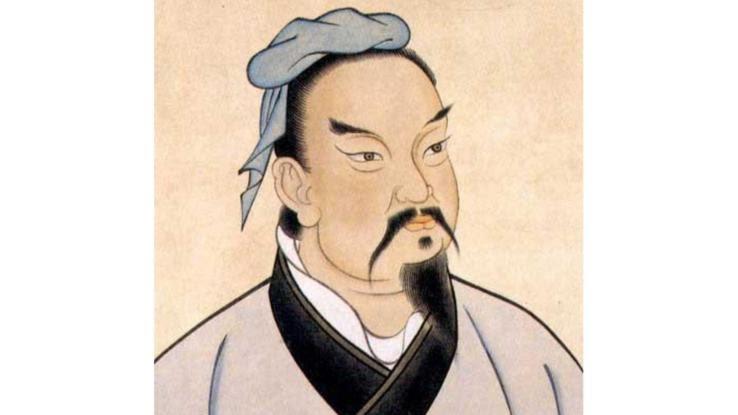
But who was Sun Tzu, and how exactly did he gain such a wealth of knowledge? Curiously, historians can find no record of him or where the book first originated. This has led many to suspect that the book;s military strategies were amassed over generations rather than the work of just one author.
St. Christopher
In 1969, Catholics were a bit shaken to learn that St. Christopher had been kicked off of their universal calendar like Pluto from the solar system. As the patron saint of travelers as well as a defender against everything from toothaches to hailstorms, St. Christopher had held a place in the hearts of Catholics around the world for centuries.
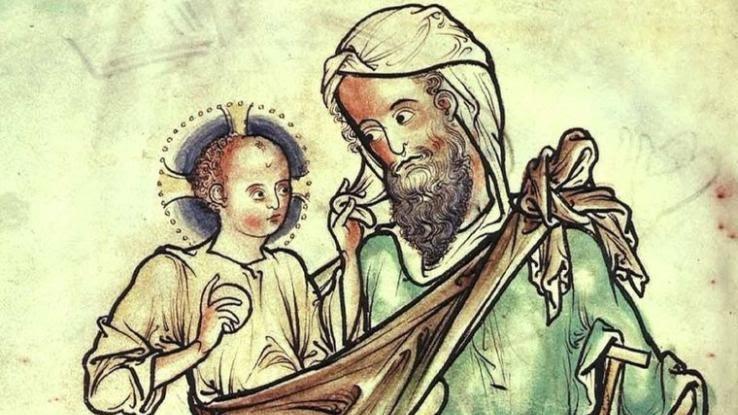
While he may have had some basis in history, the church became concerned that most of his saintly deeds were clearly the stuff legend. Nonetheless, they let him keep his sainthood anyway, just in case.
Lao Dan
Lao “Laozi” Dan, the Chinese philosopher and founder of Taoism, is a man shrouded in mystery. Legend says that after writing the Tao Te Ching, he simply walked off and disappeared into the mists. Nonetheless, his legacy and work have survived even to this day.
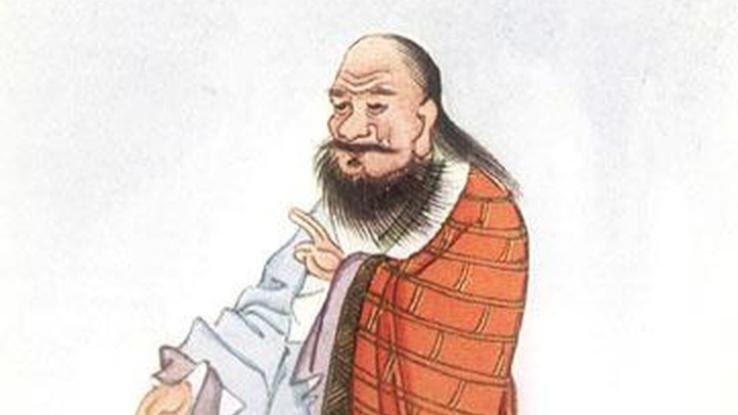
Some scholars believe that his famous work was actually a compilation of philosophies gathered by several ancient masters. Due to the text’s frequent shifts in tone and style, Laozi may have been a term used to refer to a group of teachers or merely a pseudonym.
Silence Dogood
A woman named Silence Dogood definitely scores a place as one of the funniest fake people in American history. She began making contributions to a newspaper run by a man named James Franklin back in the 1700s, and her work was so prolific that she received several marriage proposals from readers.
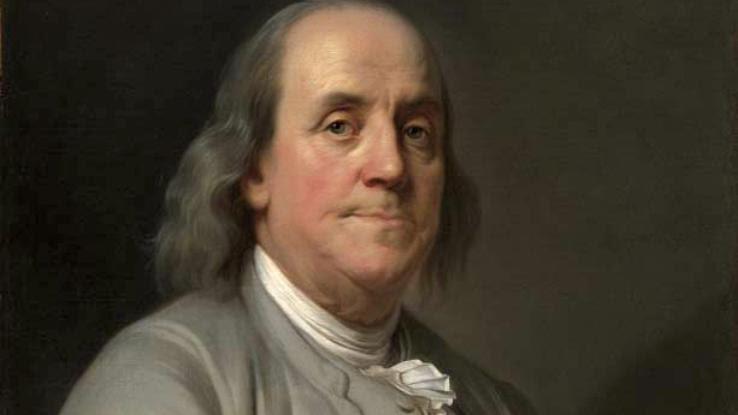
Eventually, it came out that Silence was actually a fictional character invented by Franklin’s brother, the then 16-year-old Benjamin Franklin. (Yes, that one.) He had created the persona to get his work published after his brother refused to let him contribute to the paper.





